Cell Noise Displacement Effect tutorial - Arnold for 3ds Max
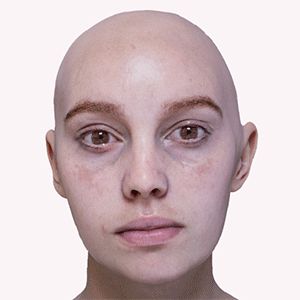
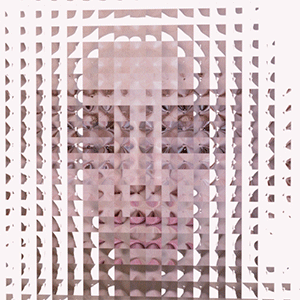
cell_noise.amplitude keyframed
Cell_noise is a very versatile shader that can be used to reproduce a wide variety of shading effects. In this short and simple tutorial, we will show possible uses for it to produce an abstract 'collage' style graphic effect. We will connect the cell_noise shader to the displacement attribute of a transparent object in front of the camera to distort the subject matter behind it (in this case a head). We will use the various attributes of the cell_noise shader to reproduce some of the example images below (all of which can be animated).
The digital Emily model can be downloaded here.
A simple scene file can be downloaded here.
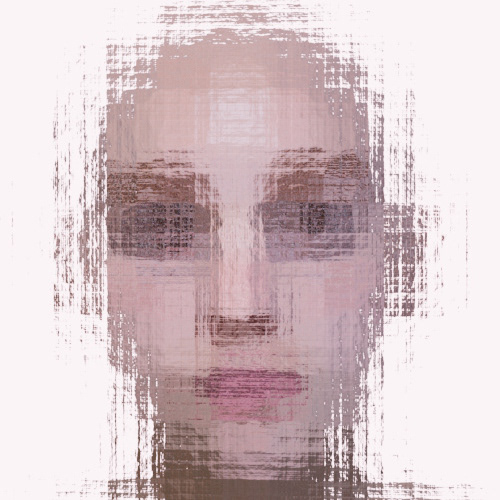 |
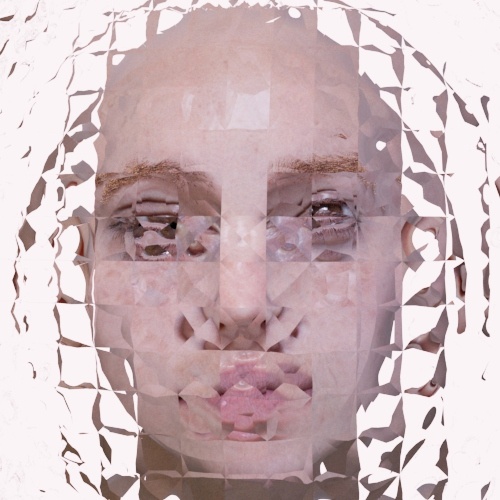 |
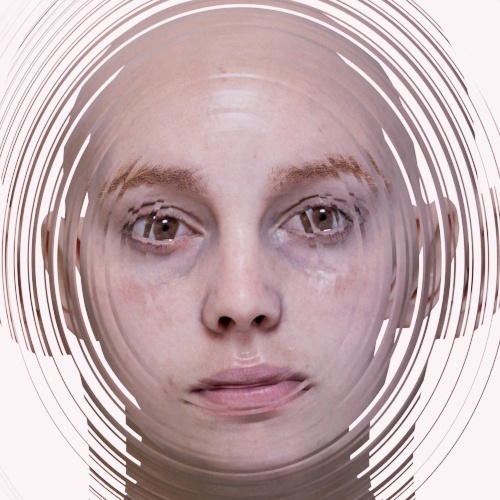 |
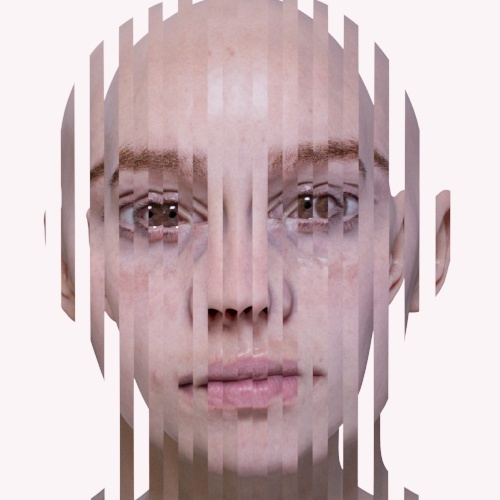 |
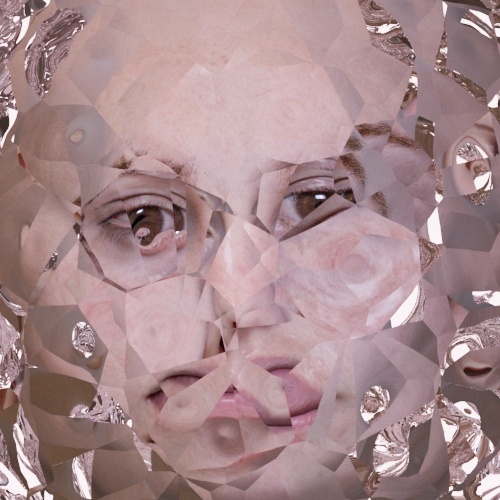 |
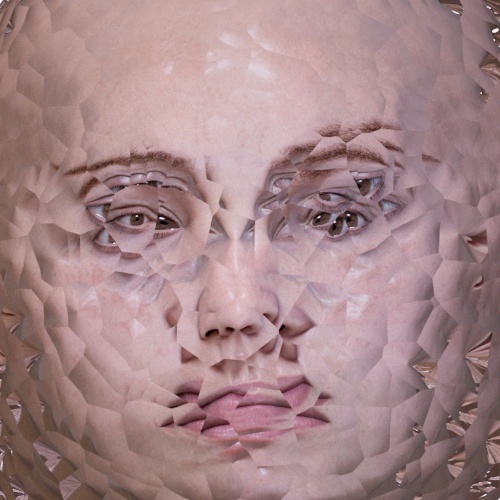 |
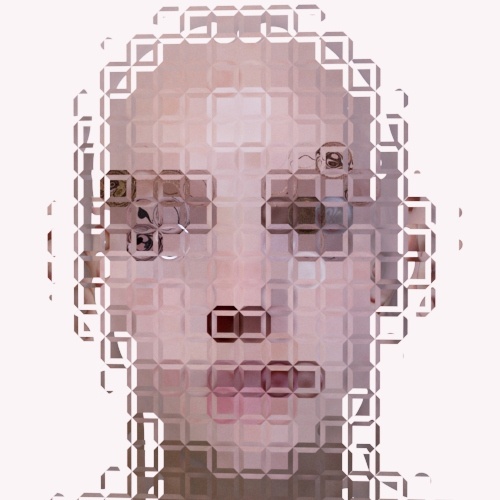 |
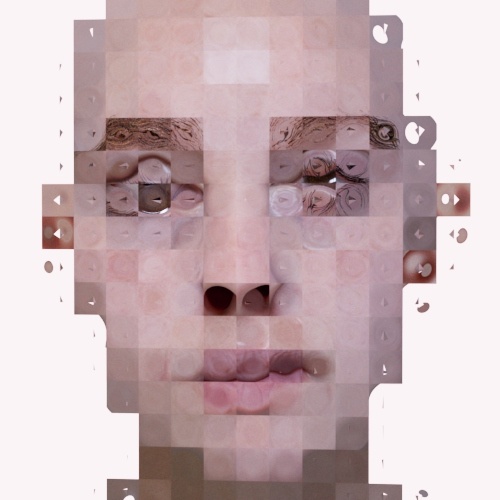 |
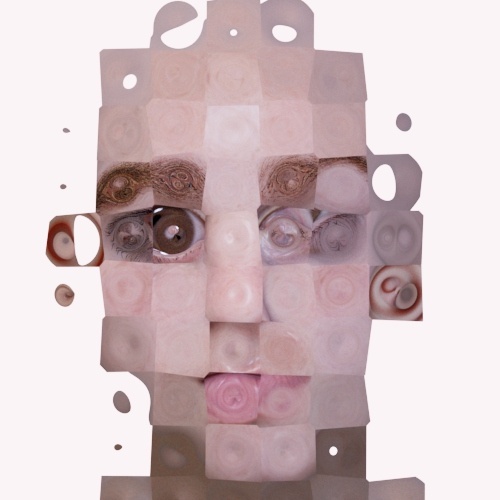 |
 |
- Start off by creating a plane (feel free to use other shapes) and position it between the camera and the subject (in this case a head model).
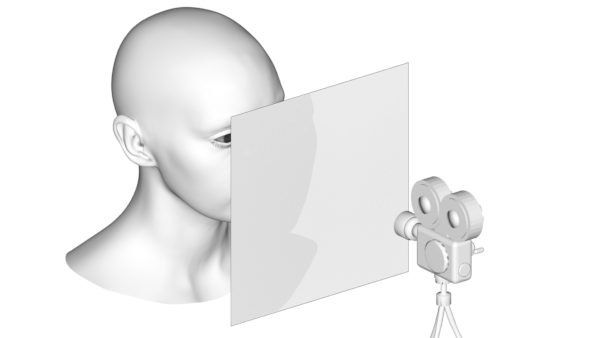
- Create a skydome_light. Ensure that the default Camera visibility of the skydome_light is 1 so that there is something to refract other than black.
- Assign a standard_surface shader to the plane. We want to make it look like glass but without any of the specular shading. Change the following attributes:
base_weight: 0
specular_weight: 0
transmission_weight: 1
- Create a cell_noise shader and use it to displace the plane. The overall effect depends on how much displacement you use. Start off with small values and work your way up.
Specular IOR
Try changing the standard_surface.specular_ior value to see its effect (remember you can use values below 1 too).
 |
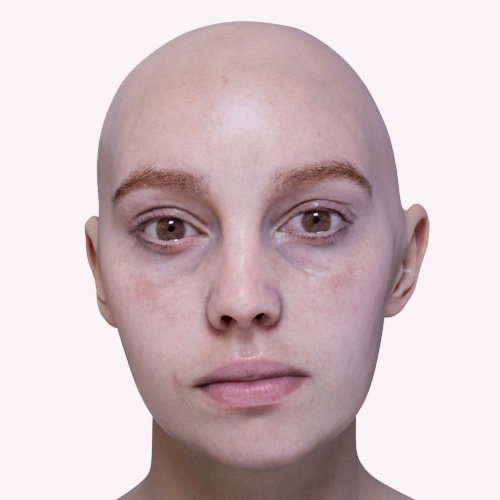 |
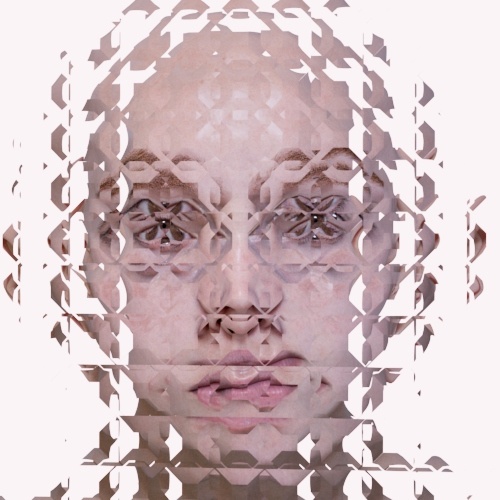 |
| 0.5 | 1 | 1.5 |
Cell Noise
Patterns
Below are renders using the various noise patterns of the cell_noise shader.
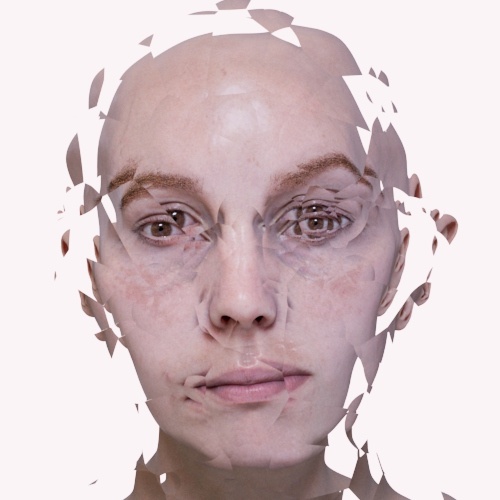 |
 |
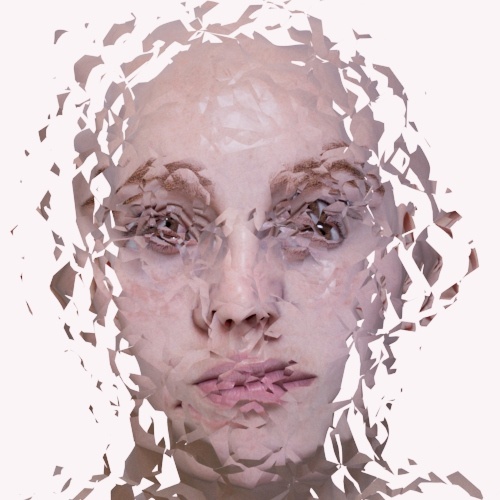 |
| noise1 (default) | worley1 | alligator |
Randomness
Changing the randomness value can have a big effect on the result.
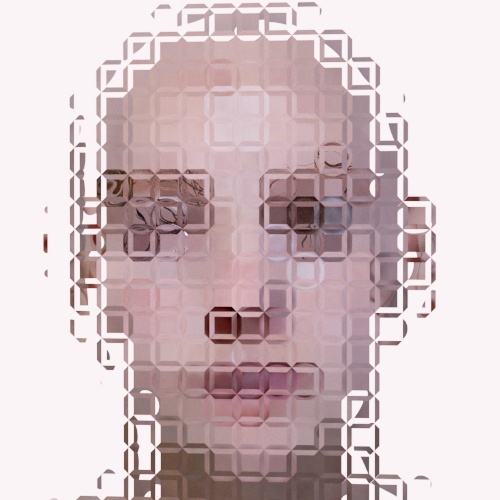 |
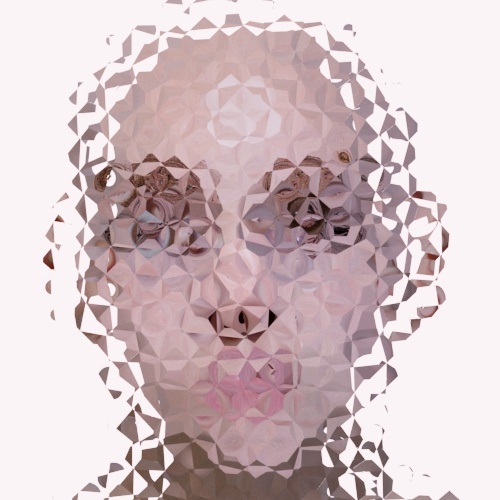 |
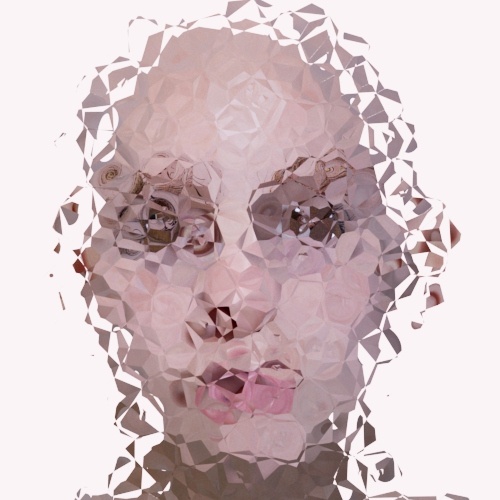 |
| 0 | 0.5 | 1 |
Further Examples
Once you have mastered this effect, why not try applying it to different scenes to see what you can achieve. You could also try adding other shaders to alter the effect of the cell_noise shader such as utility, ramps, and color_correct. Below are some further examples using these techniques.
 |
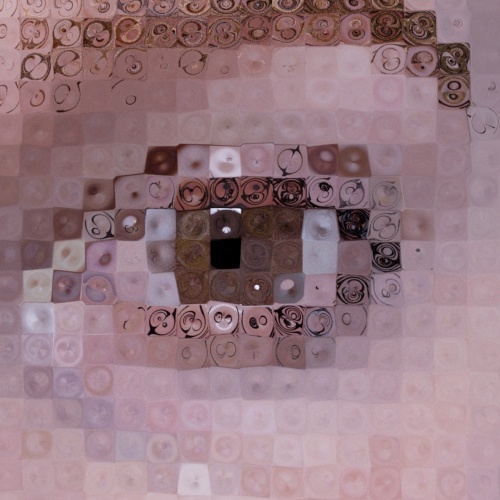 |
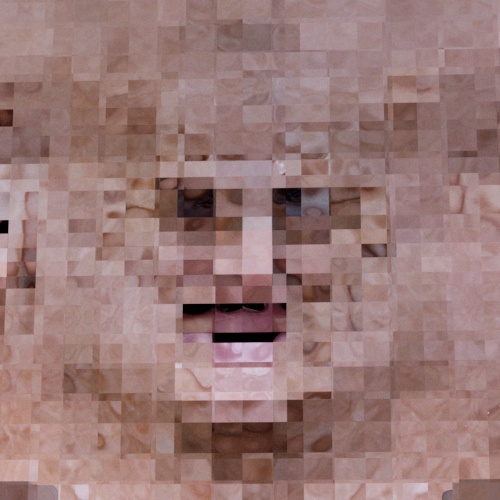 |
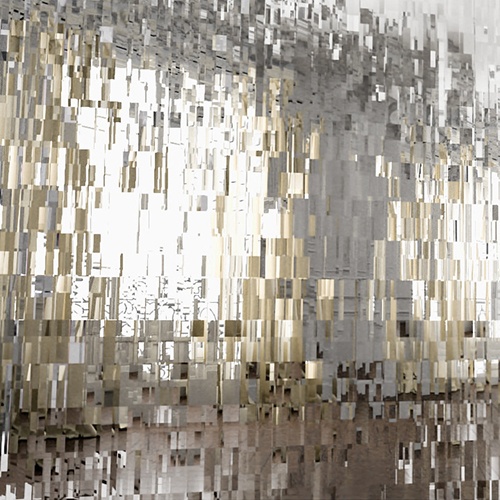 |
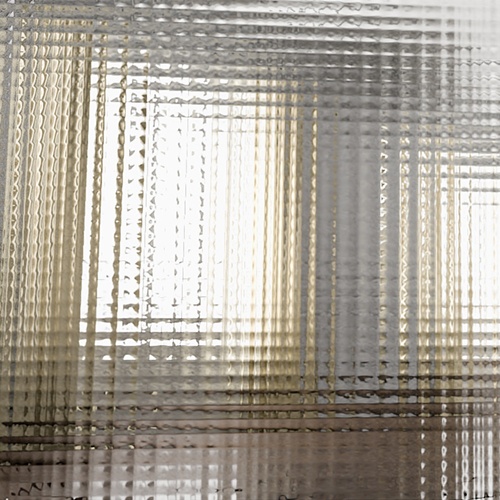 |
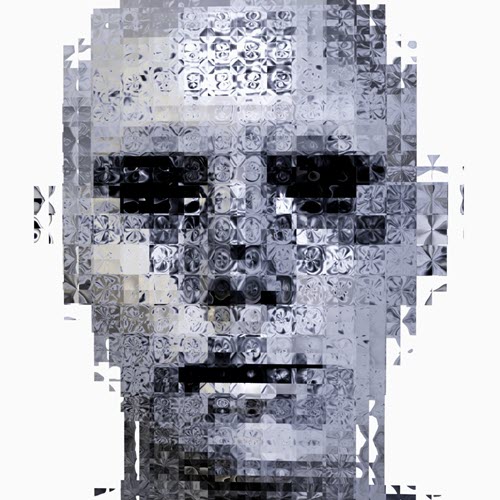 |
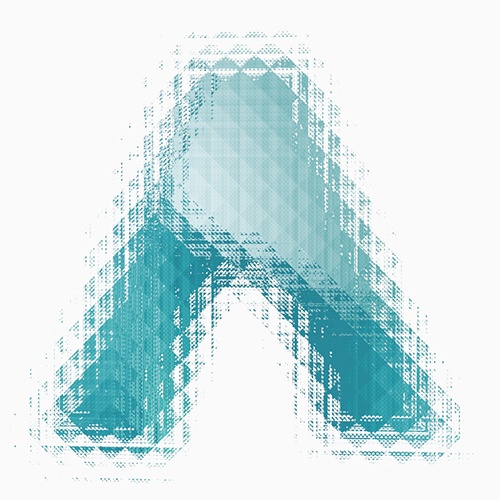 |
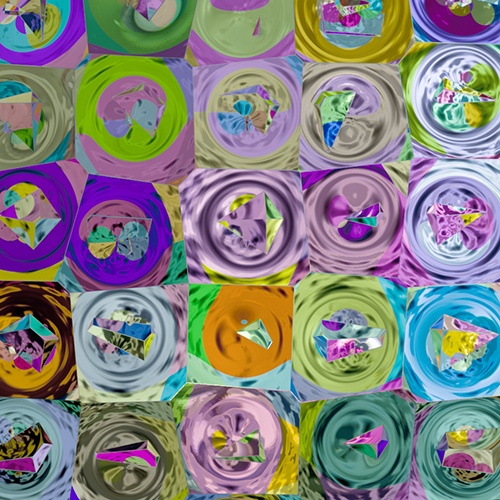 |
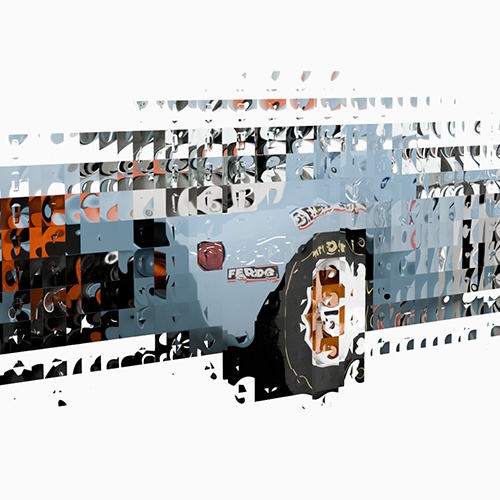 |
